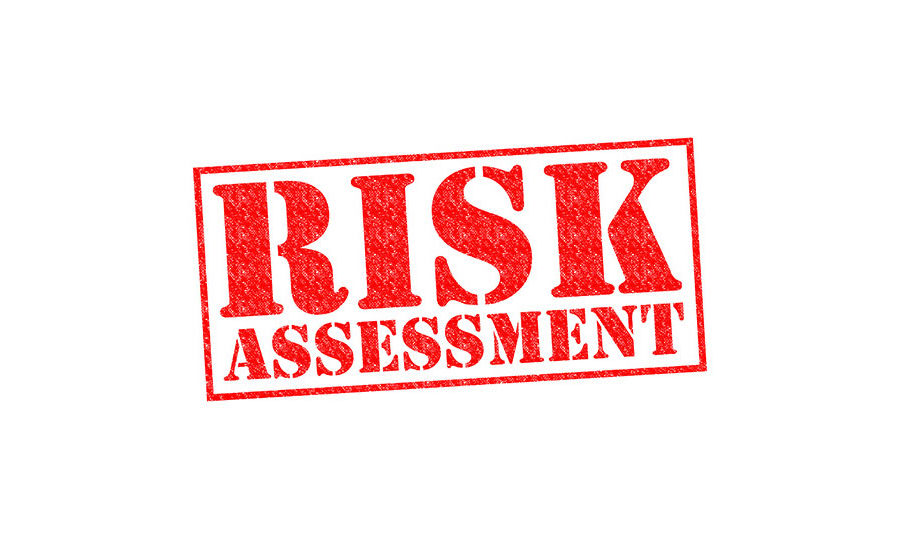Risk Assessment

Written by: Arijit Bhowmick
Complete Credit Risk Assessment can be performed by precise loan pricing, more accurate loss forecasting, better evaluation of investment and disinvestment options, optimal portfolio management. Inaccurate loan-loss provisioning causes a level of “lazy capital” i.e. capital not providing an optimal return to the shareholder. Under accrual accounting systems, the loan-loss provision impacts the income statement and unused provisions are held in the loss reserve account on the bank’s balance sheet. These loan-loss provisions are typically set using the bank’s internal ratings which should reflect the ban’s expectations for the future cost of credit. Calculation of loan-loss provisioning using expected loss increases its accuracy, allowing it to be attributed to individual loans, borrowers or larger aggregations. There’s a need to measure capital required to support each loan, on a properly risk adjusted basis. The banking industry needs to get away from the idea that this can be done by paying in the space between regulatory and true risk capital. The correct way to do this is to put in place both the governance and tools necessary to measure, loan by loan, the MPL(maximum probable loss) and to drive capital allocation off an understanding of where the firm is taking risks. The correct metric banks should use to assess pricing, capital and profit is Economic Capital, that is the capital required to absorb losses at the implied credit rating of the firm-normally at about 99.7 percentile otherwise known as MPL (Maximum Probable Loss) or tail risk. The calculation differs from different types of lending.
Where the loan is not secured against an asset the calculation of loss should be based on the default probability of the obligor. Personal guarantees and other ‘promised’ assets should not be included in any calculation of LGD if the lender does not have an explicit contract pledging that asset against the loan. Where the loan is secured, normally by making the loan to a special purpose vehicle in which the asset is placed thus giving the lender full recourse and the ability to legally repose the asset, it is possible to calculate the LGD(Loss Given default) and the EL(expected loss) and MPL.
It is critical when calculating the EL and MPL that the correlation between the Probability of Default and Loss Given Default is correctly measured. The situations where the borrowers become distressed are likely to be the same circumstances when the market is also stressed and asset prices not only fall but take longer to sell.
One of the errors of recent times has been the decoupling of credit risk from market risk. For example, the commercial real estate bubbles were( and still are) largely ignored by regulators and lenders who continue to focus on credit risk and have no metrics or tools for incorporating these two interrelated factors. Many bankers don’t have a mechanism to determine if they are adequately pricing their loans, or where they should be targeting growth. They tend to make decisions about growth and risk concentration more from gut feeling than statistical grounding, and this is dangerous. The leading edge bankers are analyzing their loan portfolio along the lines of Risk/Reward patterns.
As a matter of prudent practice, to effectively price loans reflective of all risks, banks should adopt dual rating systems for obligors and facilities. In most markets around the world, it’s usually the bank with the weakest rating system that sets the ceiling for loan pricing. If the other banks want to play along, at least they will know how much they are subsidizing the borrower, or how much they need to cross-sell to achieve their target ROE. Best practice is the ability to assess and quantify the separate risk elements and to use the knowledge to inform a whole host of risk management decisions from and pricing setting to portfolio management and economic capital requirements.
Any particular rating system can be microscopic in nature. All rating systems should address both the ability and the willingness of the obligor to repay and the support provided by structure and collateral. Such systems can assign a single rating or dual ratings. A decision of a risk to be taken on an obligor can never be based on the security except for structured finance deals. A risk exposure against an obligor should always be based on the own merits of the obligor and not the security he might provide to improve the credit risk profile. our primary source of repayment is the obligor, and so our obligor’s ability to repay from operating income is captured in the obligor rating. A facility rating system captures the rest of the story-the combination of secondary repayment sources from guarantors, collateral, covenants etc. The fact that it is measured in terms of LGD foresee the rater to confront the downside facts of life about the limited value of guarantors’ collateral after the borrower has defaulted.
Whatever approach is used, a bank’s risk rating system should accurately convey the risks the bank undertakes and should sound risk management.
This article can be accessed @
https://www.linkedin.com/pulse/20140620115309-29959301-risk-assessment
Arijit Bhowmick
Senior Credit Assessment Officer
ANZ Wholesale and Commercial Banking Operations
arijit.bhowmick@anz.com
Cell# (91) 9886335366









